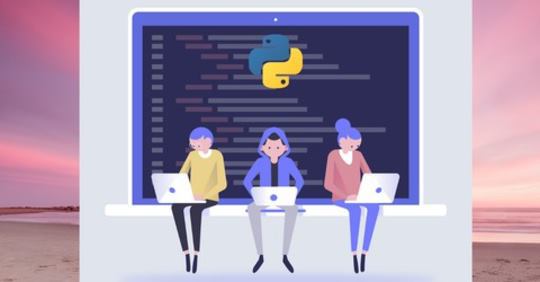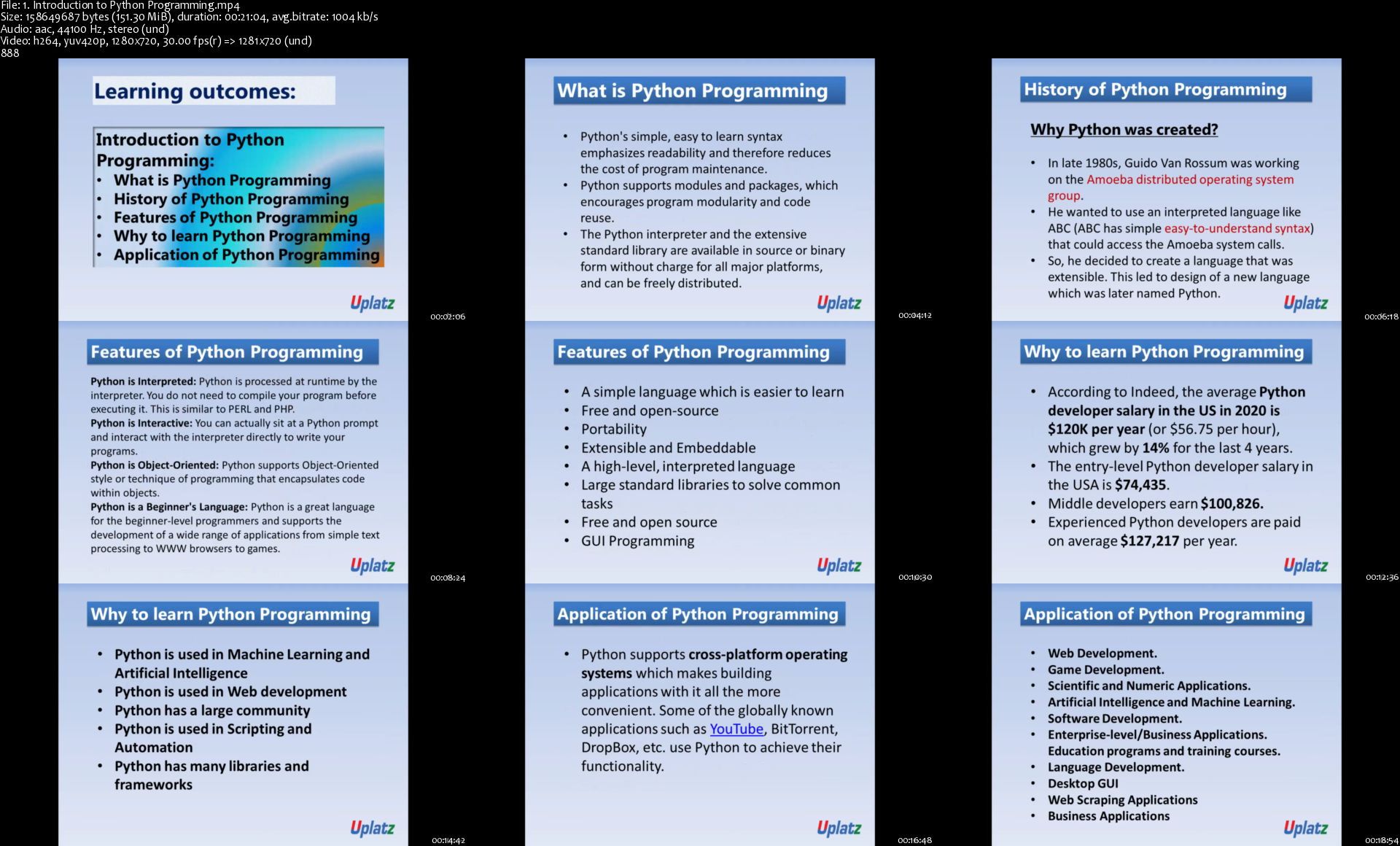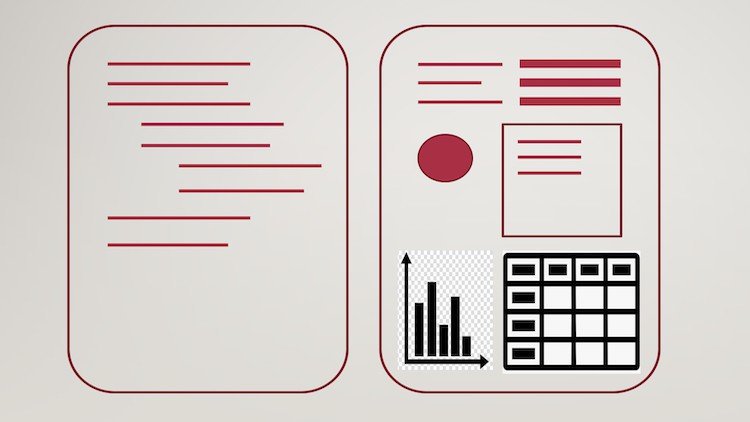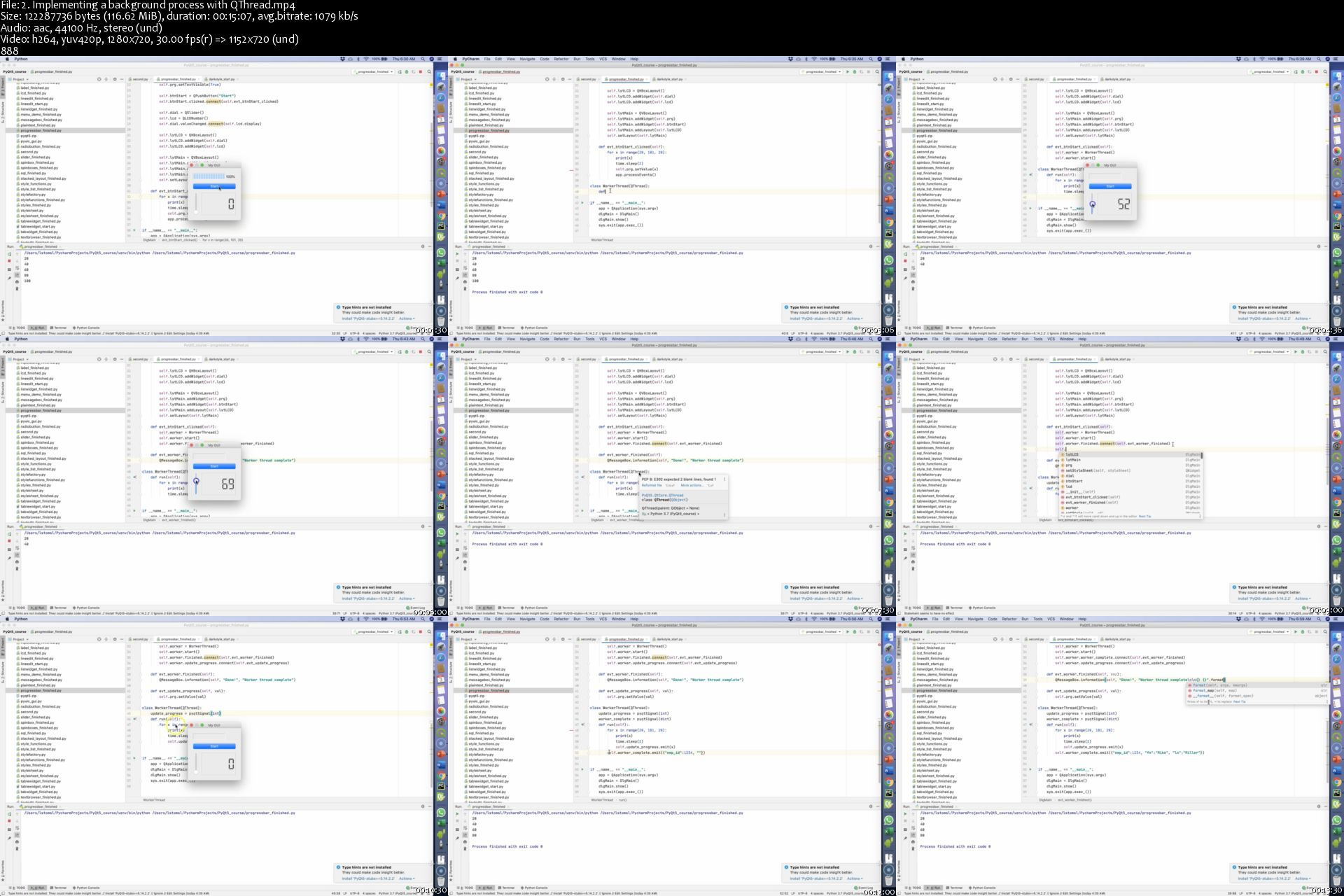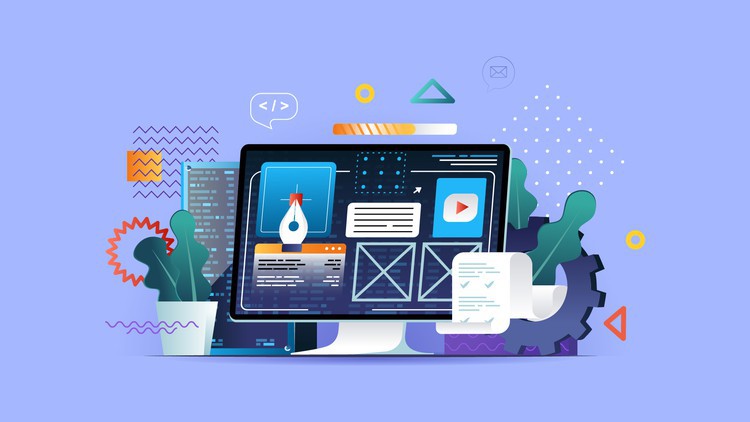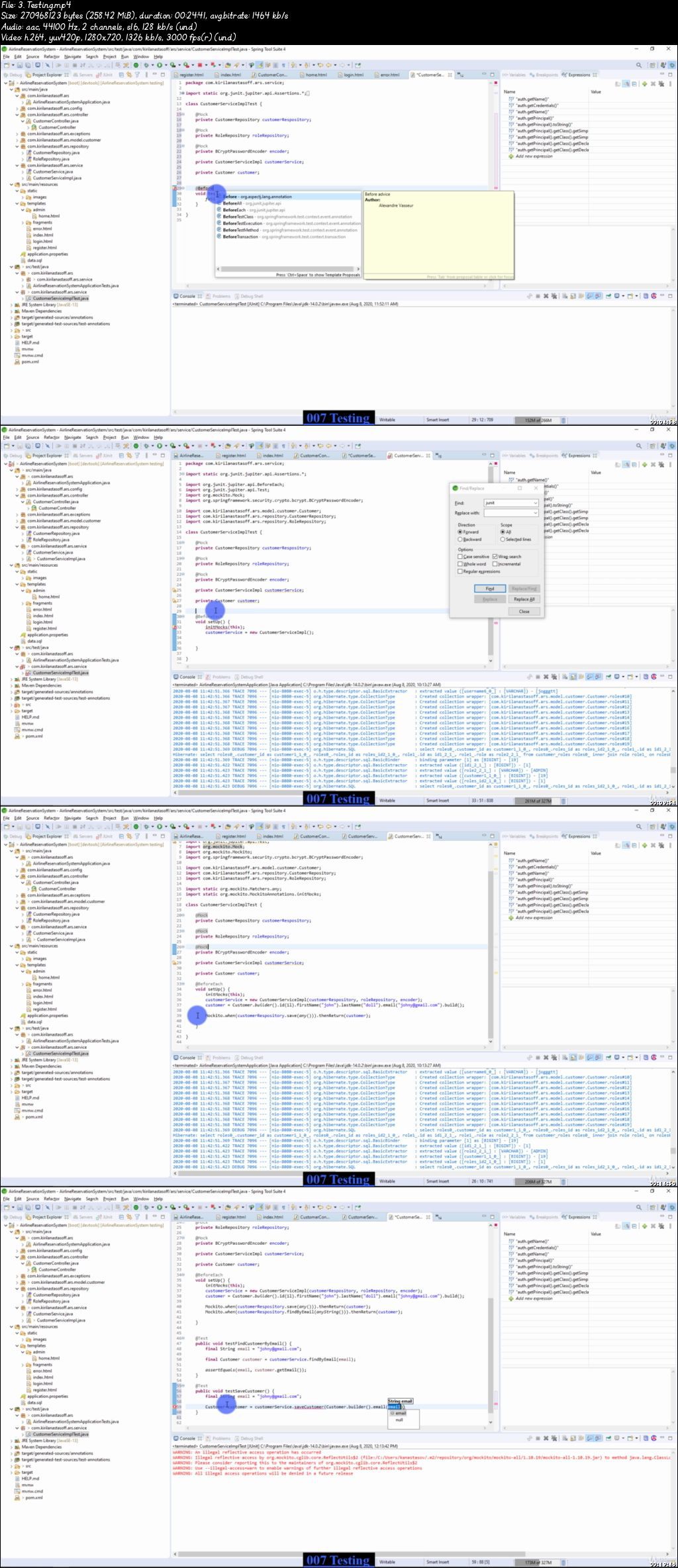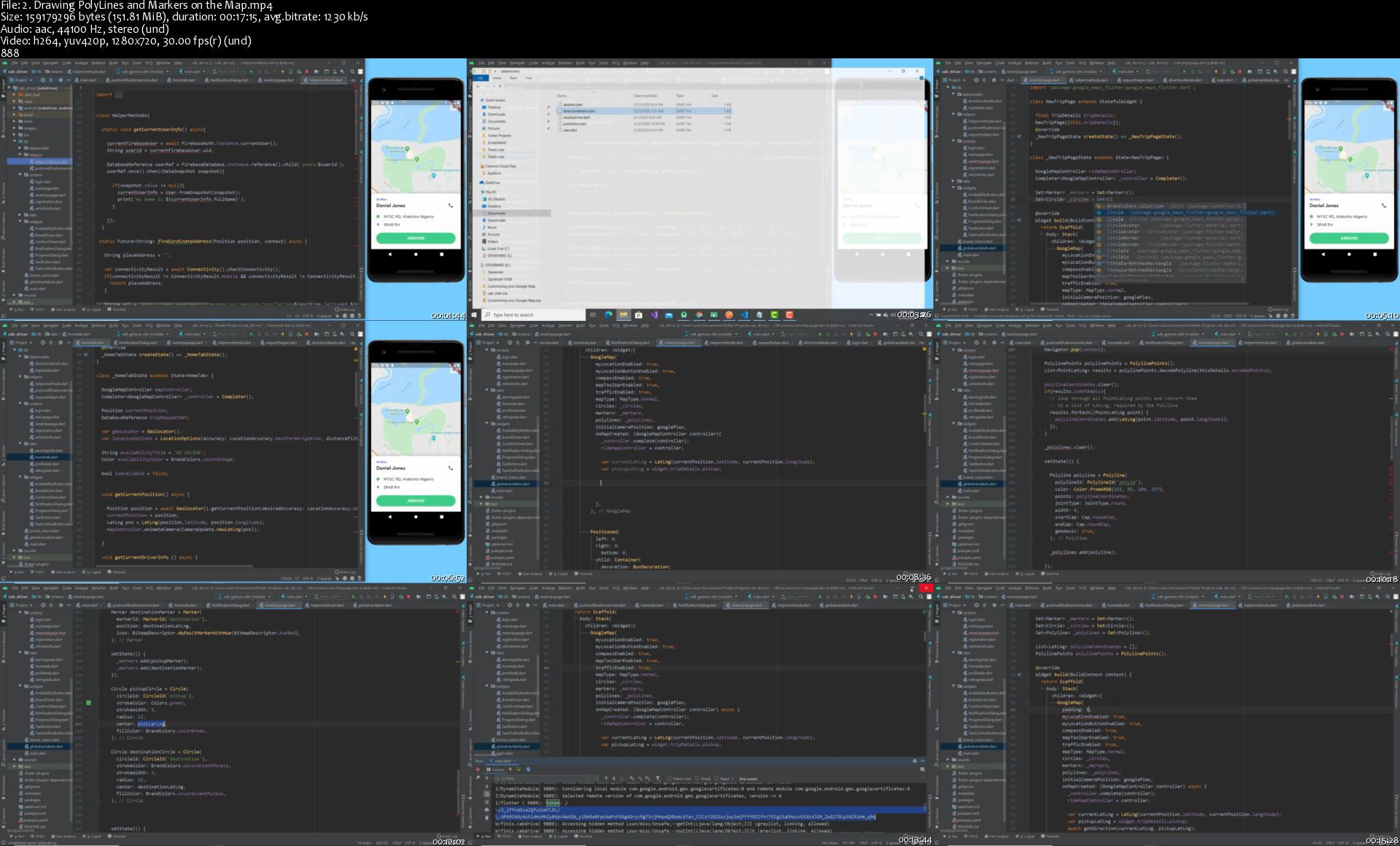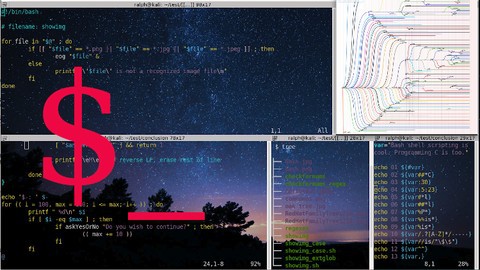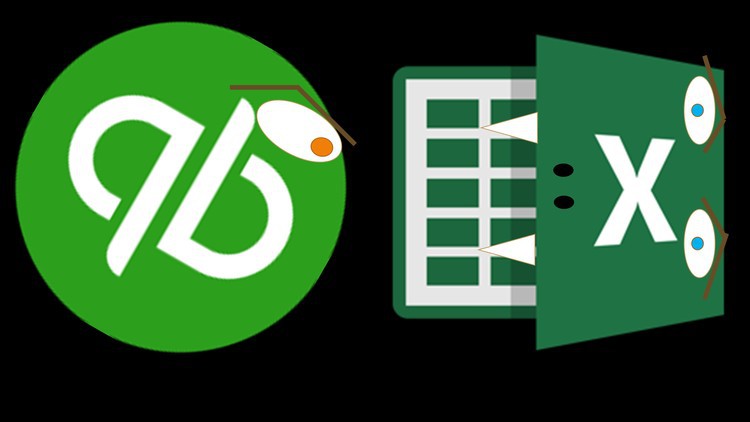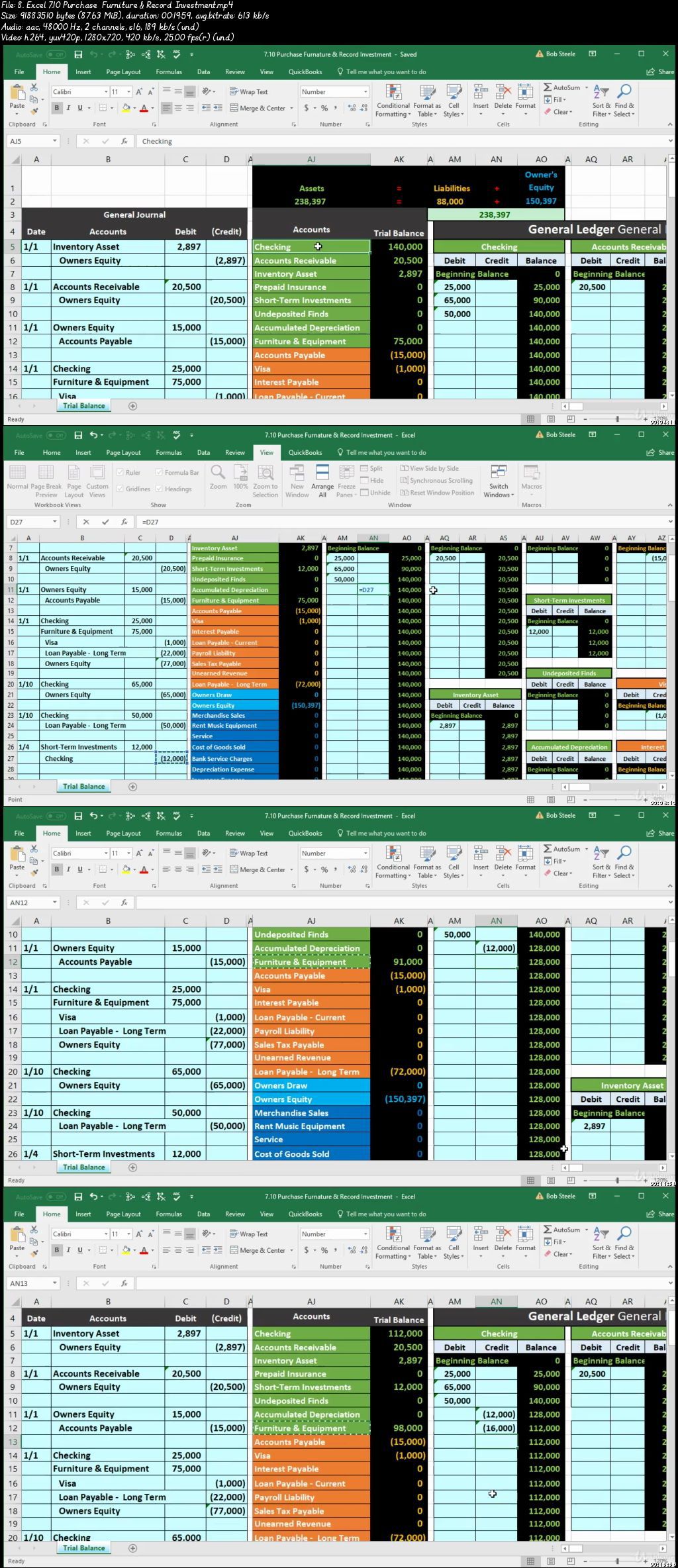QuickBooks Desktop vs. Excel
QuickBooks Desktop vs. Excel
Video: .mp4 (1280x720, 30 fps(r)) | Audio: aac, 48000 Hz, 2ch | Size: 6.04 GB
Genre: eLearning Video | Duration: 247 lectures (37 hour, 21 mins) | Language: English
QuickBooks and Excel accounting cycle, reporting financial transaction to both QuickBooks and Excel compare and contrast
What you'll learn
Enter normal business transactions in QuickBooks
Enter normal business transactions in Excel using debits and credits
Reconcile bank accounts in QuickBooks
Reconcile bank accounts in Excel
Generate Reports in QuickBooks
Make Reports in Excel
Analyze Reports
Requirements
QuickBooks and Excel software would be best.
Description
Would we like to run our business better using accounting software?
Would we like to better understand accounting concepts, how they apply to accounting software, and work accounting problems MUCH faster?
Would we like to advance our career by increase our skills with business software?
This comprehensive QuickBooks & Excel course can help to achieve these goals
Why choose this course?
Current video content means all QuickBooks lectures are done recently as of this post rather than adding a few new videos to content from prior years.
This course also includes:
QuickBooks backup files allowing us to jump forward in the course or to rework sections.
PDF instruction files to support the entering of QuickBooks data and allowing us to do work offline
Excel worksheet that are formatted so that we can consentrate on the accounting relationships and on using the fundamentals of Excel.
Who will we be learning from?
You will be learning from somebody who has technical experience in accounting concepts and in accounting software like QuickBooks, as well as experience teaching and putting together curriculum.
You will be learning from somebody who is a:
CPA - Certified Public Accountant
CGMA - Chartered Global Management Accountant
Master of Science in Taxation
CPS - Certifies Post-Secondary Instructor
Curriculum Development Export
As a practicing CPA the instructor has worked with many technical accounting issues and helped work through them and discuss them with client of all levels.
As a CPS and professor, the instructor has taught many accounting classes and worked with many students in the fields of accounting, business, and business applications.
The instructor also has a lot of experience designing courses and learning how students learn best and how to help students achieve their objectives. Experience designing technical courses has also help in being able to design a course in a logical fashion and deal with problems related to technical topics and the use of software like QuickBooks Pro.
How will we be Taught?
We will learn by doing, by providing a presentation, and providing the tools to work through the processes presented. Learning QuickBooks and Excel is something best learned by doing, by applying skills to the QuickBooks application.
A partial list of topics covered is below. The number series may change, however.
Start a New Company File
Start a New Company File Section Overview
QuickBooks 6.05 Set Up New Company & Preferences
Excel 6.05 Set up New Company Worksheet
QuickBooks 6.10 Setting Up Items
Excel 6.10 Set Up Inventory Items
QuickBooks 6.15 Customer Setup
Excel 6.15 Set Up Customer Balances
QuickBooks 6.20 Set up Vendors and Beginning Balances
Excel 6.20 Set Up Vendors Beginning Balances
QuickBooks 6.25 Set up new account & Enter Opening Balances
Excel 6.25 Enter Opening Account Balances
QuickBooks 6.30 Adjust New Account Balances
QuickBooks 6.35 Payroll Set Up
QuickBooks 6.40 New Employee Setup
QuickBooks 6.45 Export Transaction List By Date
Accounting Methods
Accounting Concepts Section Overview
Accounting Method Overview
Cash Method Vs Accrual Method
Revenue Recognition Principle
Financial Transaction Rules
Enter Data for the First Month of Operations
Enter Data for the First Month of Operations Section Overview
QuickBooks 7.05 Record Deposit from Owner & Loan
Excel 7.05 Owner Deposit & Loan Deposit
QuickBooks 7.10 Record Transactions In Register Investment & Furniture
Excel 7.10 Purchase Furniture & Record Investment
QuickBooks 7.17 Purchase Order
QuickBooks 7.20 Create an Invoice
Excel 7.20 Part 1 Invoice Transaction
Excel 7.20 Part Two Create on Invoice Transaction
QuickBooks 7.25 Record Receipt of Payment
Excel 7.25 Receive Payment Part 1
Excel 7.25 Receive Payment Part 2
Excel 7.25 Receive Payment Part 3
QuickBooks 7.30 Sales Receipts Cash Sales Transaction
Excel 7.30 Cash Sales Transaction Part 1
Excel 7.30 Part 2 Cash Sales Service
QuickBooks 7.35 Deposit
Excel 7.35 Deposit Part 1
Excel 7.35 Deposit Part 2
QuickBooks 7.40 Write Check for Inventory from Purchase Order
Excel 7.40 Part 1 Inventory Payment
Excel 7.40 Part 2 Inventory Payment
QuickBooks 7.45 Invoice for Pre-Order Inventory P.O.
Excel 7.45 Invoice for Preordered Item Part 1
Excel 7.45 Invoice for Preordered Item Part 2
QuickBooks 7.50 Receive Payment & Make Deposit
Excel 7.50 Receive Payment & Make Deposit
QuickBooks 7.55 Write Check for Expenses
Excel 7.55 Part 1 Write Check
Excel 7.55 Part 2 Write Check Part 2
QuickBooks 7.60 Pay Bills
Excel 7.60 Pay Bills
QuickBooks 7.65 Set Up Customer Jobs
Excel 7.65 Customer Jobs
QuickBooks 7.70 Payroll Process Check
Excel 7.70 Payroll
QuickBooks 7.75 Job Sales Receipt
Excel 7.75 Job Sales Receipt
QuickBooks 7.80 Review Reports & Export to Excel
Excel 7.80 Financial Statements & Reports
Excel 7.90 Closing Process January
Excel 7.92 Worksheet Month Two
Enter Data for the Second Month of Operation
Enter Data for the Second Month of Operation Section Overview
QuickBooks 8.05 Loan Payments, Interest, Principle
Excel 8.05 Make Loan Payments
QuickBooks 8.10 Deposit Investment & Interest
Excel 8.10 Short Term Investment
QuickBooks 8.15 Purchase Order New Item & Customer
QuickBooks 8.20 Receive Inventory with Bill
Excel 8.20 Receive Inventory With Bill Part 2
QuickBooks 8.25 Sales Receipt & Deposit
Excel 8.25 Sales Receipt & Deposit
Excel 8.25 Part 2 Sales Receipt & Deposit
QuickBooks 8.30 Advanced Payment From Customer
Excel 8.30 Advanced Payment From Customer
QuickBooks 8.35 Apply Credit to Invoice
Excel 8.35 Apply Credit to Invoice
QuickBooks 8.40 Record Sale on Account
Excel 8.40 Record Sales on Account
QuickBooks 8.45 Advance Customer Payment
Excel 8.45 Advance Customer Payment
QuickBooks 8.50 Bills Track & Pay
Excel 8.50 Bills Track & Pay
QuickBooks 8.55 Customer Payment on Account & Deposit
Excel 8.55 Customer Payment on Account
QuickBooks 8.60 Pay Sales Tax
Excel 8.60 Pay Sales Tax
QuickBooks 8.65 Pay Payroll Taxes
Excel 8.65 Pay Payroll Tax
QuickBooks 8.70 Enter Bills & Pay Bills
Excel 8.70 Enter Bills & Pay Bills
QuickBooks 8.75 Enter Service Item & Invoices
Excel 8.75 Service Item & Invoices
QuickBooks 8.77 Purchase Equipment with Debt
Excel 8.77 Purchase Equipment with Debt
QuickBooks 8.80 Enter Payroll
Excel 8.80 Payroll
QuickBooks 8.90 Rental Income, New Account, New Item
Excel 8.90 Rental Income
QuickBooks 8.95 Comparative Balance Sheet & Income Statement
Excel 8.95 Financial Statements
Bank Reconciliations
Bank Reconciliations Section Overview
QuickBooks 9.10 Bank Reconciliation First Bank Reconciliation
Excel 9.10 Bank Reconciliation January
Excel 9.12 Bank Reconciliation Adjusting Entries January
QuickBooks 9.15 Bank Reconciliation Second Bank Reconciliation
Excel 9.15 Bank Reconciliation February
Excel 9.20 Bank Reconciliation Feb. Adjusting Entries
Adjusting Entries and Reversing Entries
Adjusting Entries, Financial Statements, Closing Entries, and Reversing Entries
QuickBooks 10.10 Short term loan Adjusting Entry
Excel 10.10 Loan Payable Adjusting Entry Part 1
QuickBooks 10.15 Short term portion of loan Adjusting Entry
Excel 10.15 Loan Payable Adjusting Entry Part 2
QuickBooks 10.20 Accrued Interest Adjusting entry
Excel 10.20 Accrued Interest Adjusting Entry
QuickBooks 10.25 Invoice Adjusting Entry
Excel 10.25 Invoice Adjusting Entry
QuickBooks 10.40 Prepaid Insurance Adjusting Entry
Excel 10.40 Prepaid Insurance Adjusting Journal Entry
QuickBooks 10.45 Depreciation Adjusting Journal Entry
Excel 10.45 Depreciation Adjusting Entry
QuickBooks 10.50 Unearned Revenue Adjusting Entry
Excel 10.50 Unearned Revenue Adjusting Entry
QuickBooks 10.30 Reversing Entry Accrued Interest
Excel 10.300 Accrued Interest Reversing Entry
QuickBooks 10.35 Reversing Entry Accounts Receivable
Excel 10.350 Accounts Receivable Reversing Entry
QuickBooks 10.55 Reverse Unearned Revenue Adjusting Entry
Excel 10.550 Unearned Revenue Reversing Entry
QuickBooks 10.60 Journal Report & Financial Statements
Excel 10.60 Financial Statements
Excel 10.60 Financial Statements
Please Join Use for QuickBooks Desktop 2018 vs. Excel Course. It will be Great
Who this course is for:
Business Owners
Accounting Professionals
Accounting Students
Anybody who wants to learn accounting software
Anybody who wants to learn accounting theory
Anybody who wants to learn Excel basics













